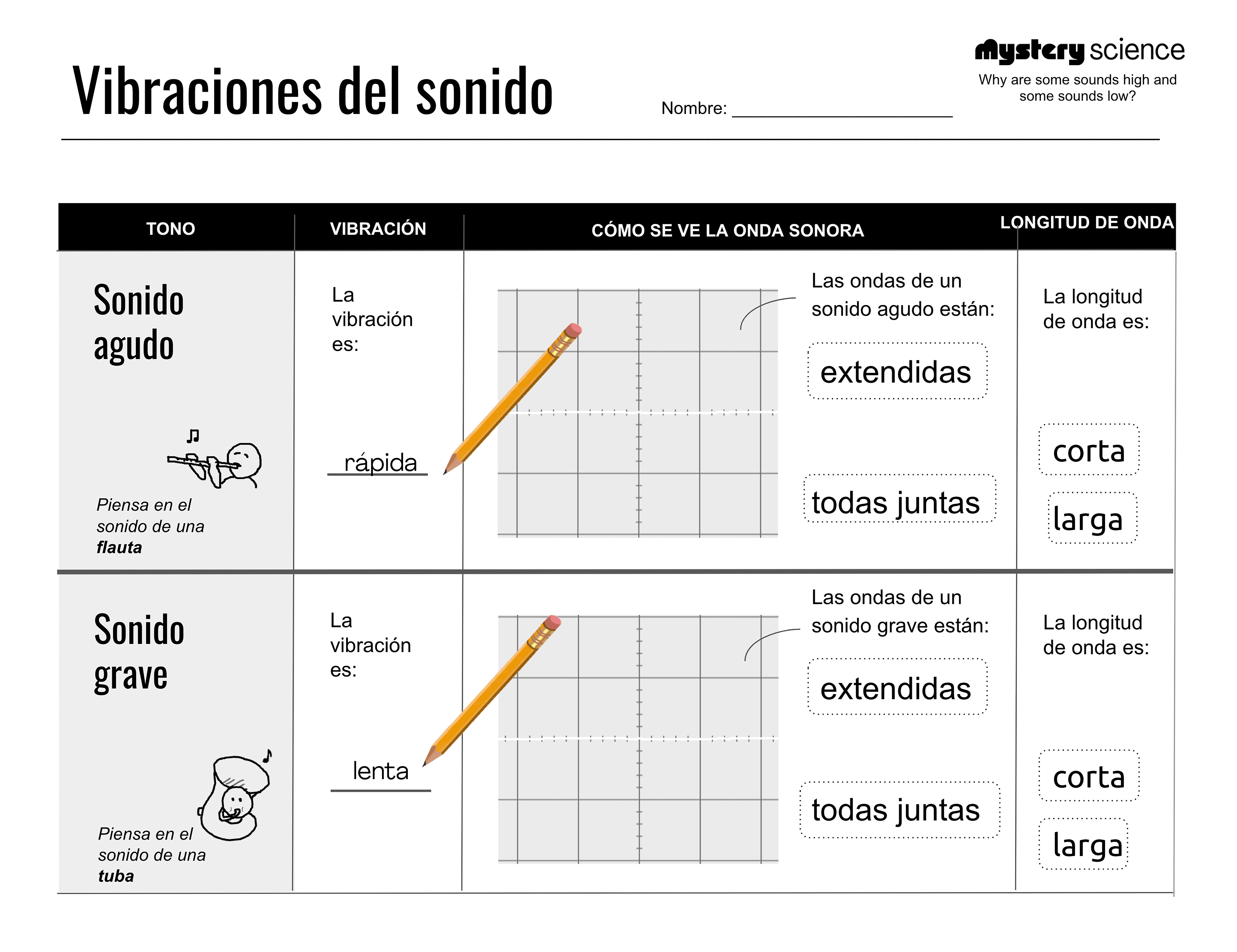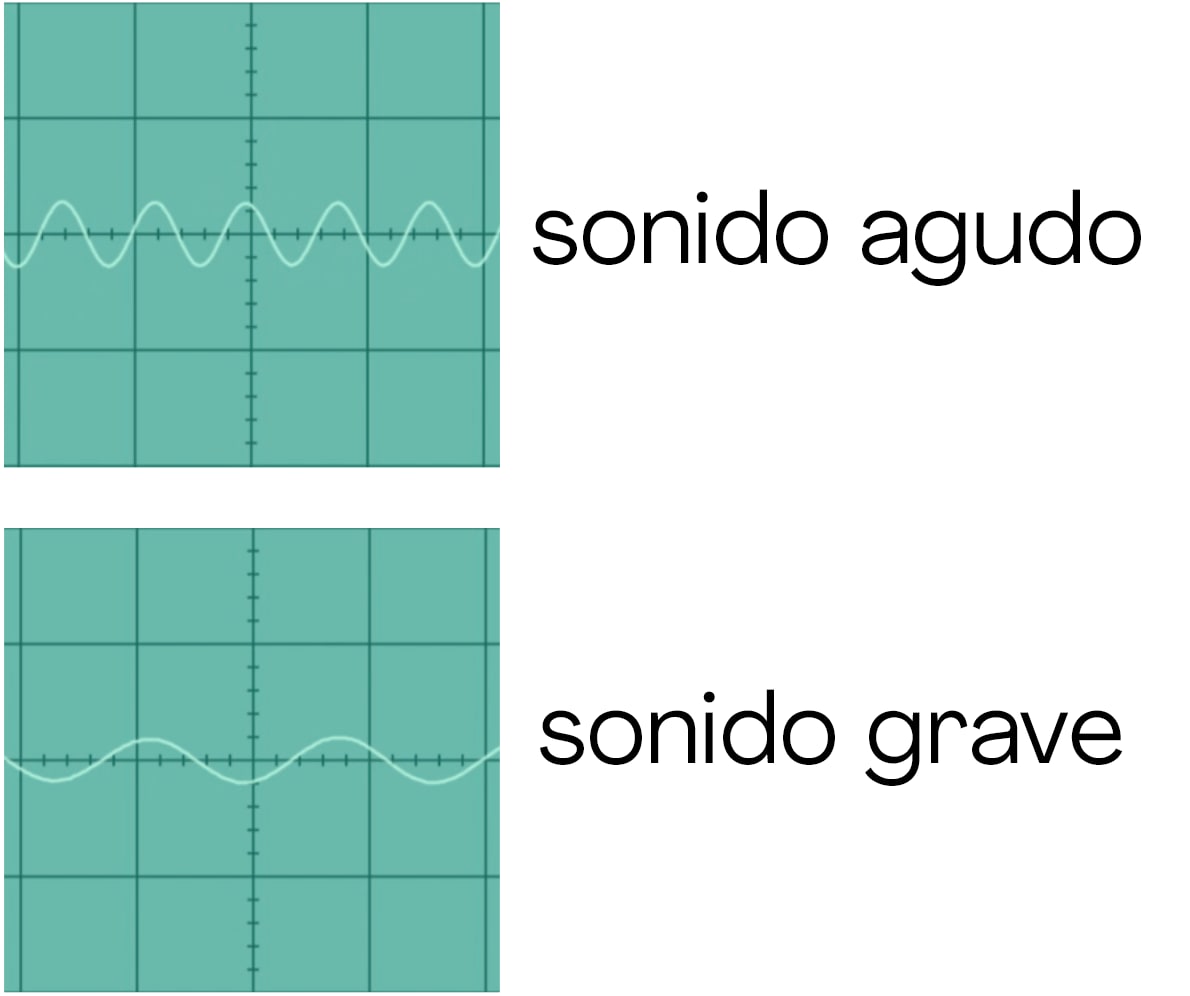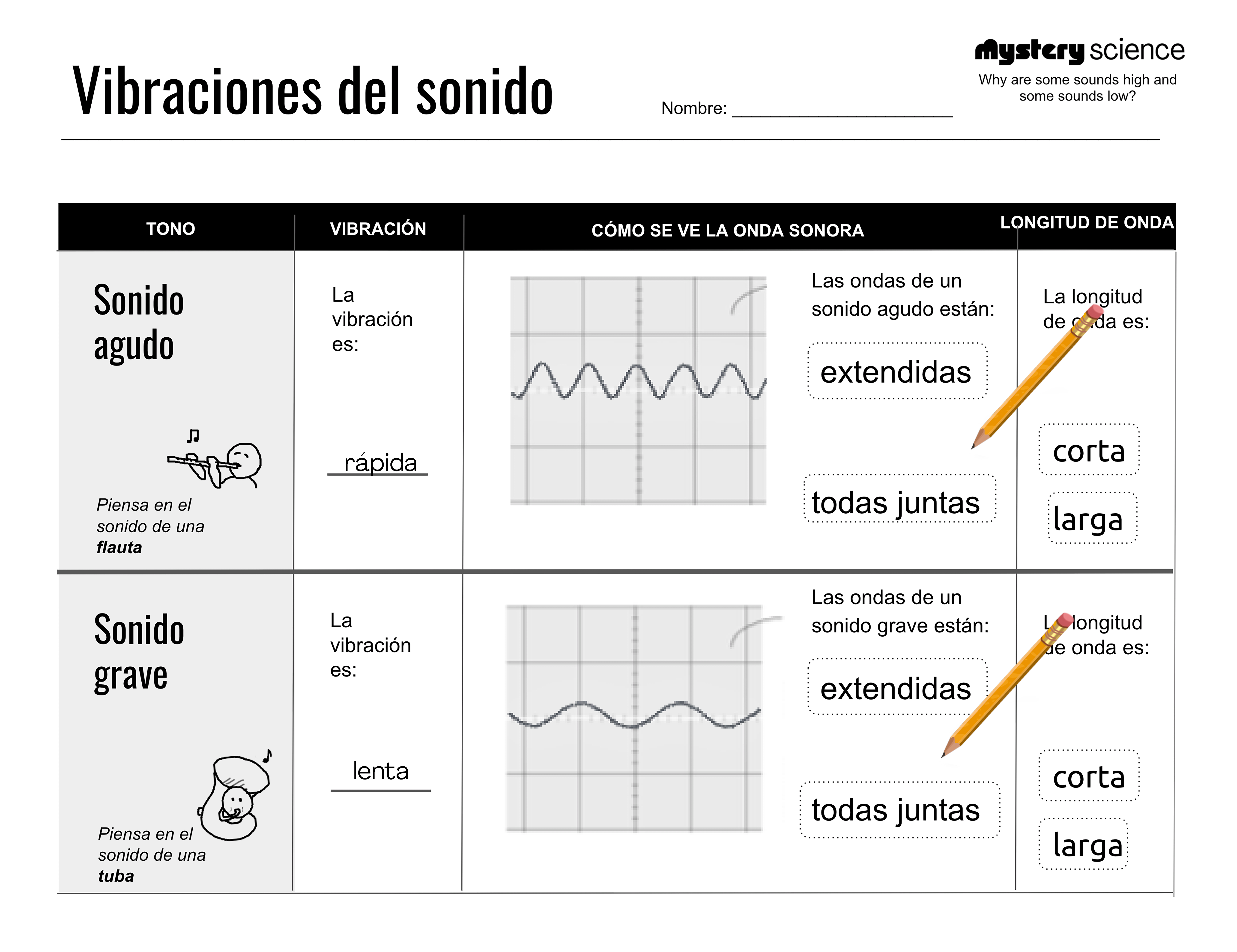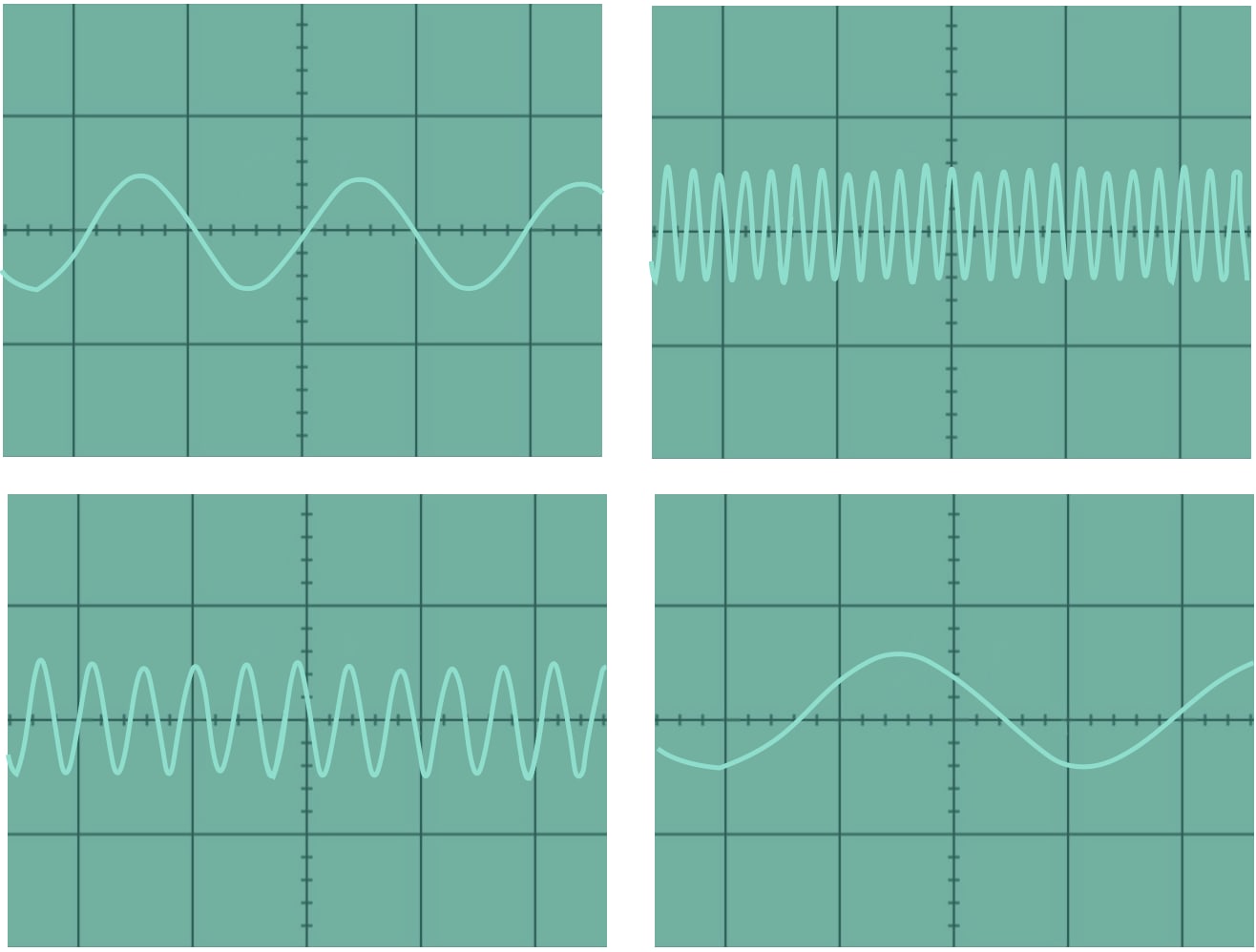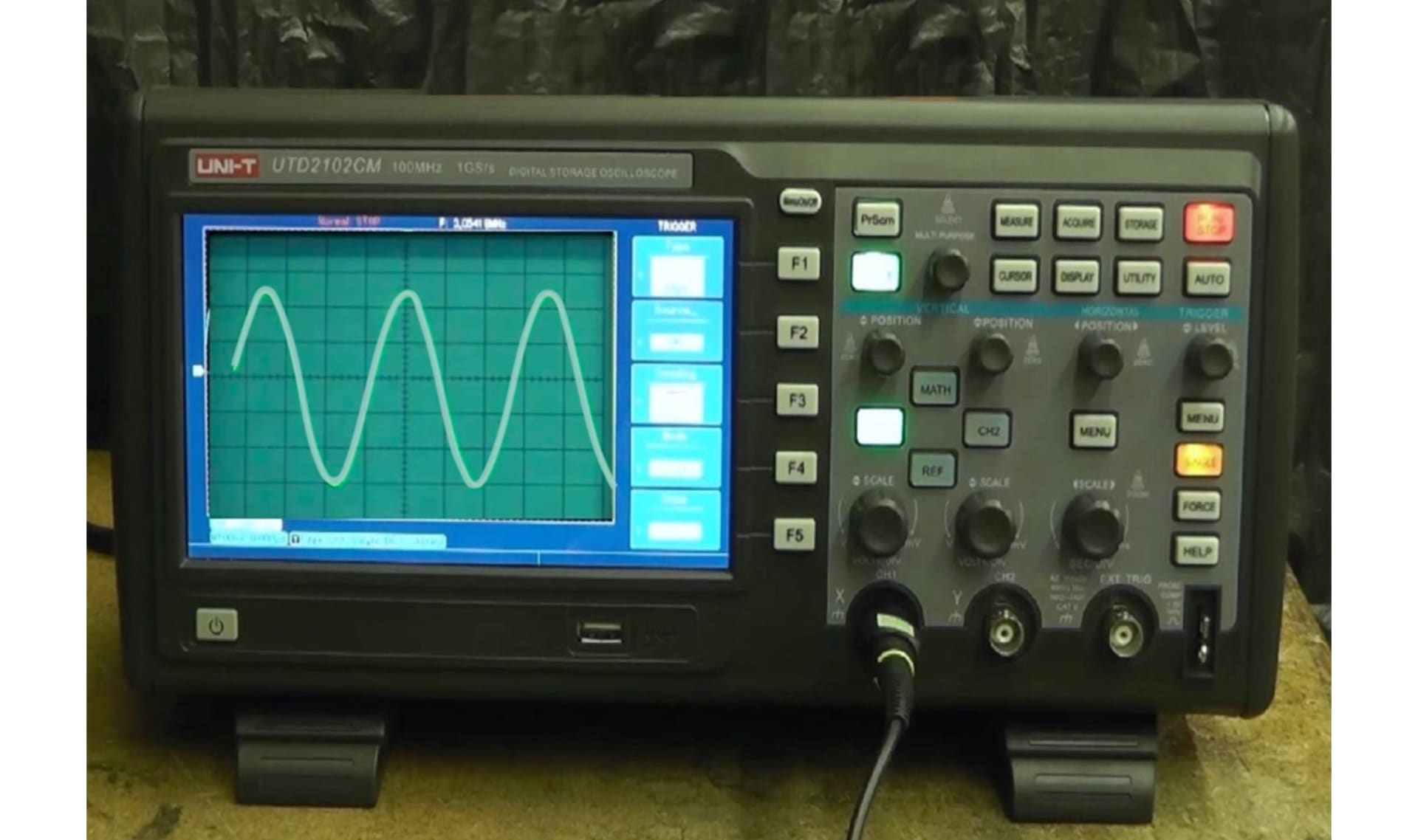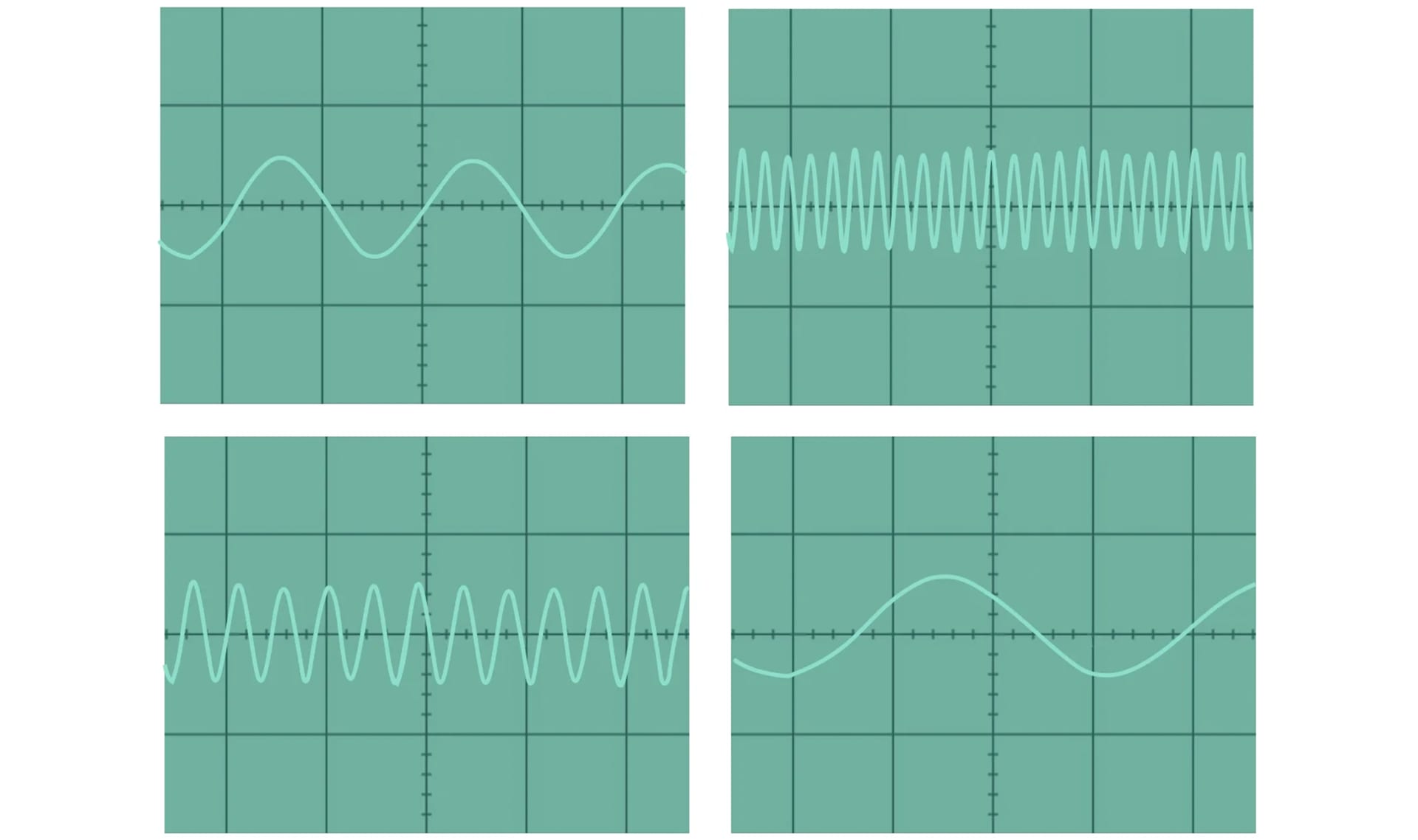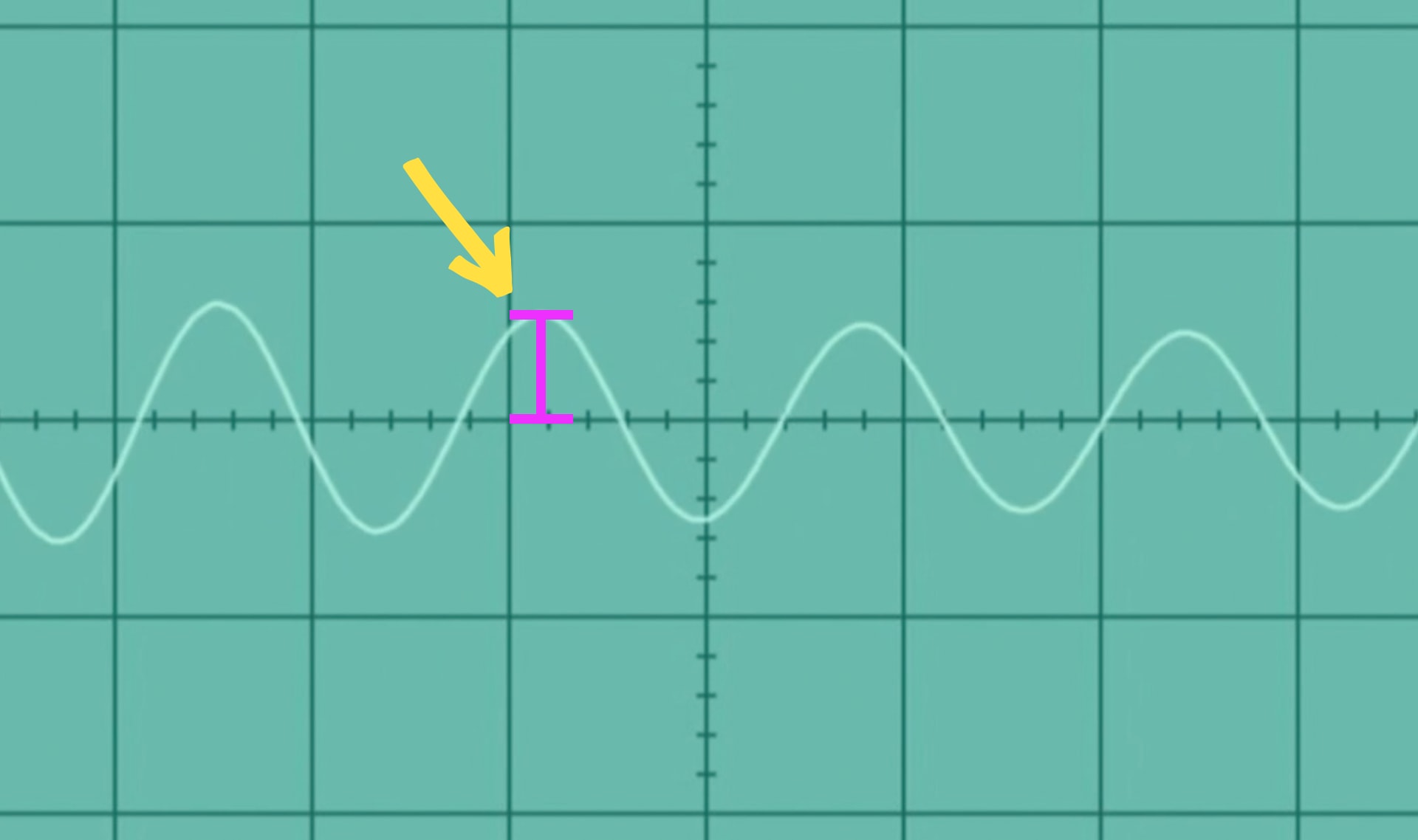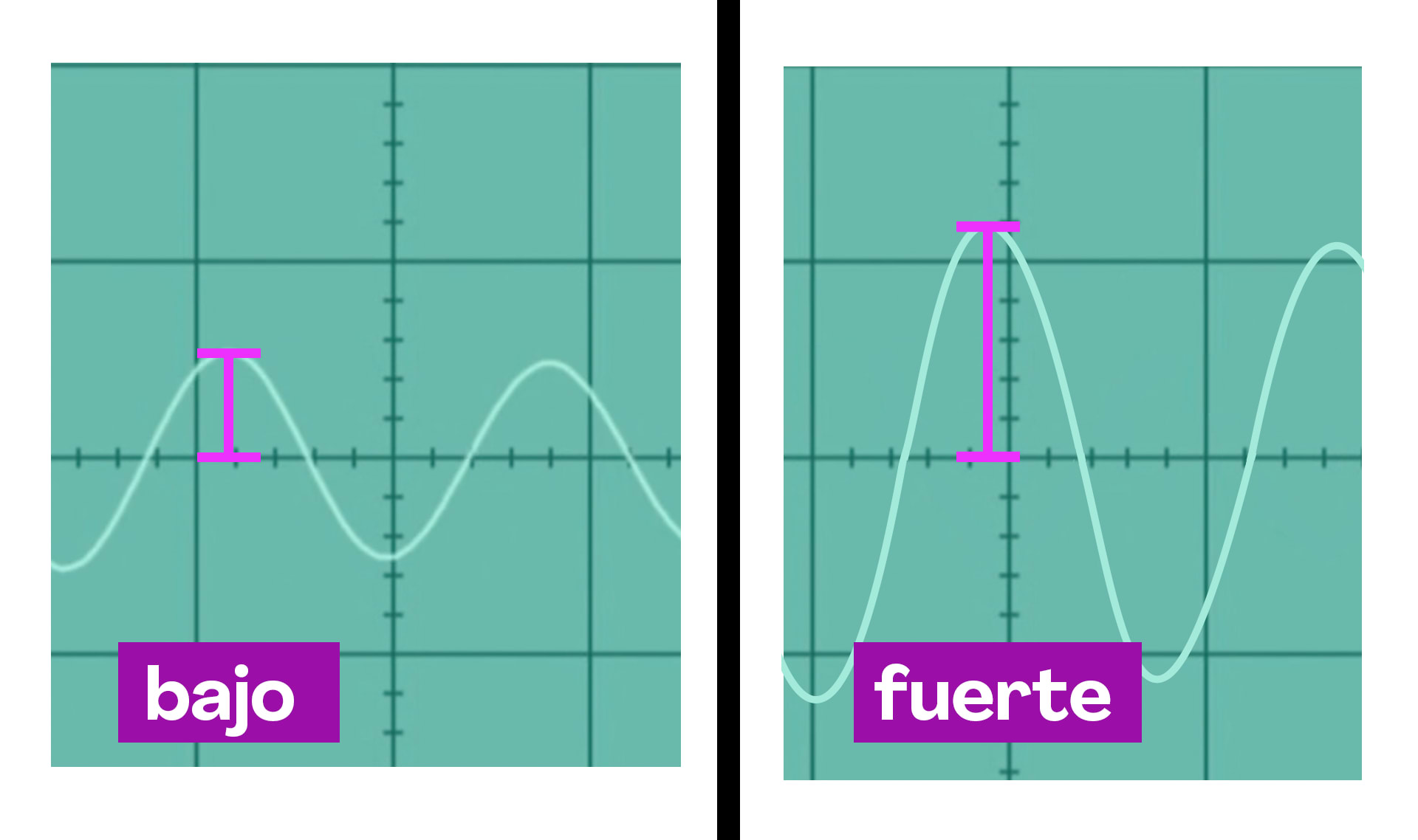Mystery Science respects the intellectual property rights of the owners of visual assets.
We make every effort to use images and videos under appropriate licenses from the owner or by
reaching out to the owner to get explicit permission. If you are the owner of a visual and
believe we are using it without permission, please
contact us—we will reply promptly and make
things right.
Exploration
Relaxing 3 Hour Video of California Ocean Waves by
MoneySavingVideos
, used under CC BY
three girls laughing and walking by
Mat Hayward
girl singing karaoke by
Elnur
"the mosquito" by
LadyofHats
, used under CC BY
17400 Hz 17.4 kHz Sine Wave Sound Frequency Tone Mosquito Tone by
Beeps, Chirps and Noise/EpicPuzl781
speaker system by
MeemiePhoto
7 Eleven Fukushima Shinchi Town Shop by
Kuha455405
, used under CC BY-SA
assembling circuit components by
Robert Wydro Studio
black speaker by
gualtiero boffi
girl covering her ears by
Dean Drobot
hands holding cell phone by
Africa Studio
students sitting in class by
Rawpixel.com
girl playing flute by
aboikis
man playing tuba by
Ollyy
man playing flute by
charles wong
, used under CC BY
young boy playing tuba by
jaishaunglover11
man playing guitar isolated on black background by
Pressmaster
Schlieren by
NASA
, used under Public Domain
schlieren effects: book close by
Mike Hargather
schlieren effects: audio/sound by
Mike Hargather
schlieren effects: bottle rocket by
Mike Hargather
ripples in a pond by
IRIS EPO
visual: schlieren effects by
Mike Hargather
oscilloscope by
rwg42985
oscilloscope generator by
Academo
, used under Public Domain
Other
trombone player by
Ollyy


